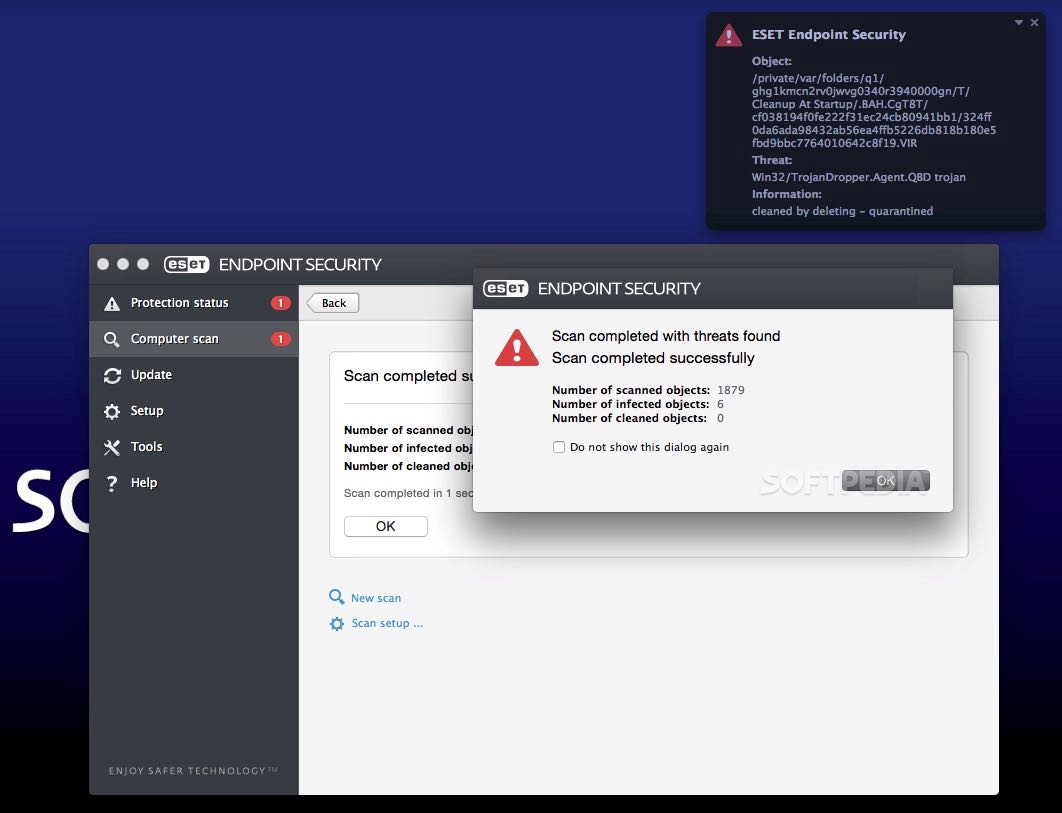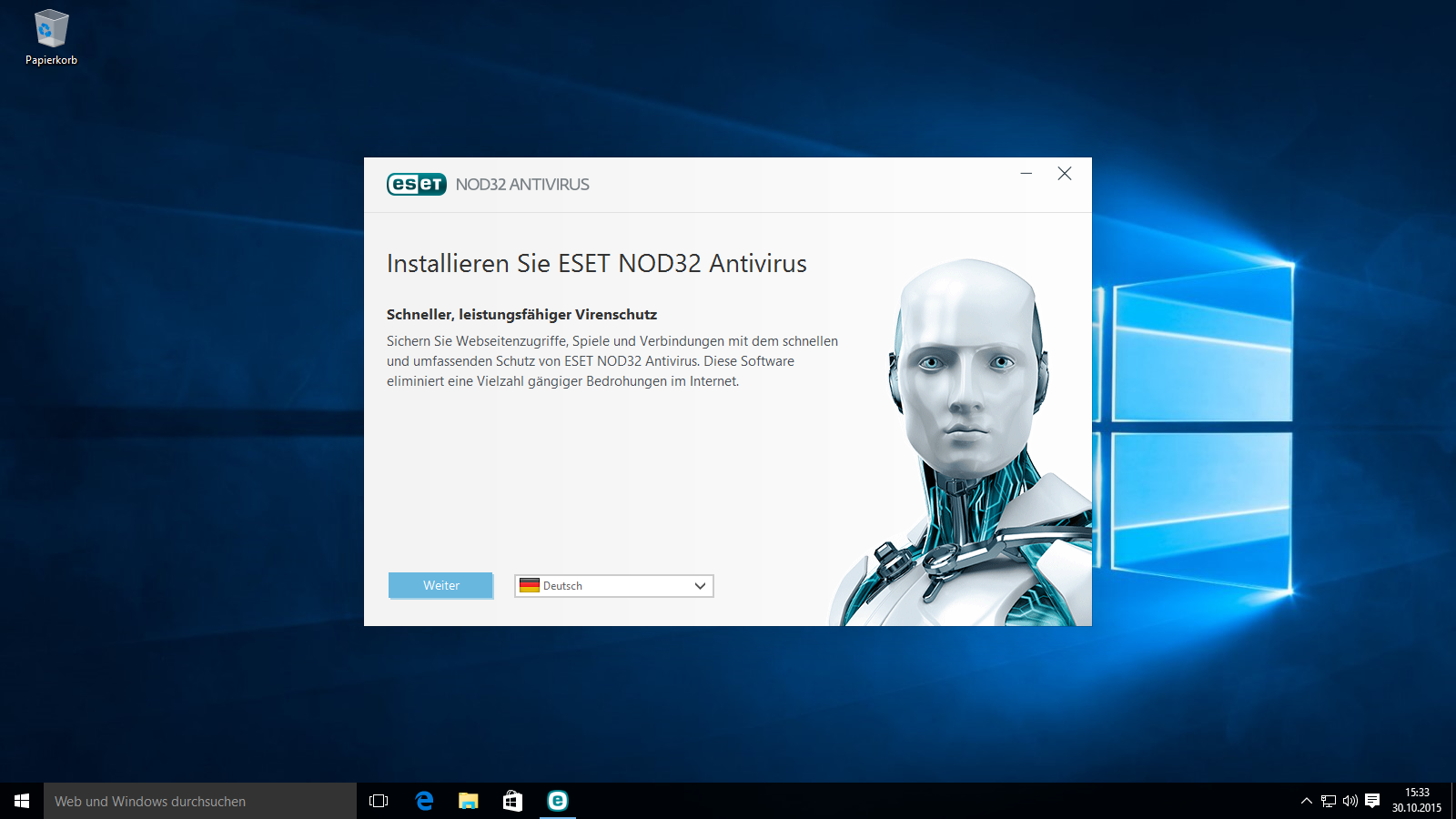

Well now that Microsoft has changed the way the defender works, our advice has to change – because Microsoft is going to recommend that you remove ESET (and any other 3rd-party antivirus), and keep their Windows Defender as a single product. Optional updates Updates marked as low priority and higher will be offered for download. The following levels are available: No updates No system updates will be offered for download. Even though we have never heard of Microsoft’s product finding something that ESET didn’t (quite the reverse) – we felt it was OK to leave Defender on “just in case”. ESET Endpoint Antivirus notifies you about missing updates according to the level you specify. Computer Security Solutions always recommended turning off the real-time protection of Windows Defender, so that you didn’t have two programs scanning the same file when you accessed it – but leaving Windows Defender “on” for a “second look” during an overnight scan was not a problem.

This is a very different stance to Microsoft’s position in the past, where Windows Defender played well with others, and if you ran ESET (or any other) antivirus with Windows Defender, they co-existed relatively well together.

Additionally, Windows Defender advises the user to remove their non-Microsoft antivirus protection. Windows Defender now displays a user’s protection status as “off” if any non-Microsoft antivirus protection, including ESET, is in use.
#ESET ENDPOINT ANTIVIRUS NOT UPDATING ON WIN 10 WINDOWS 10#
This week, Microsoft issued the Windows 10 Anniversary Update, which changes the way in which security status is presented to home users.


 0 kommentar(er)
0 kommentar(er)
